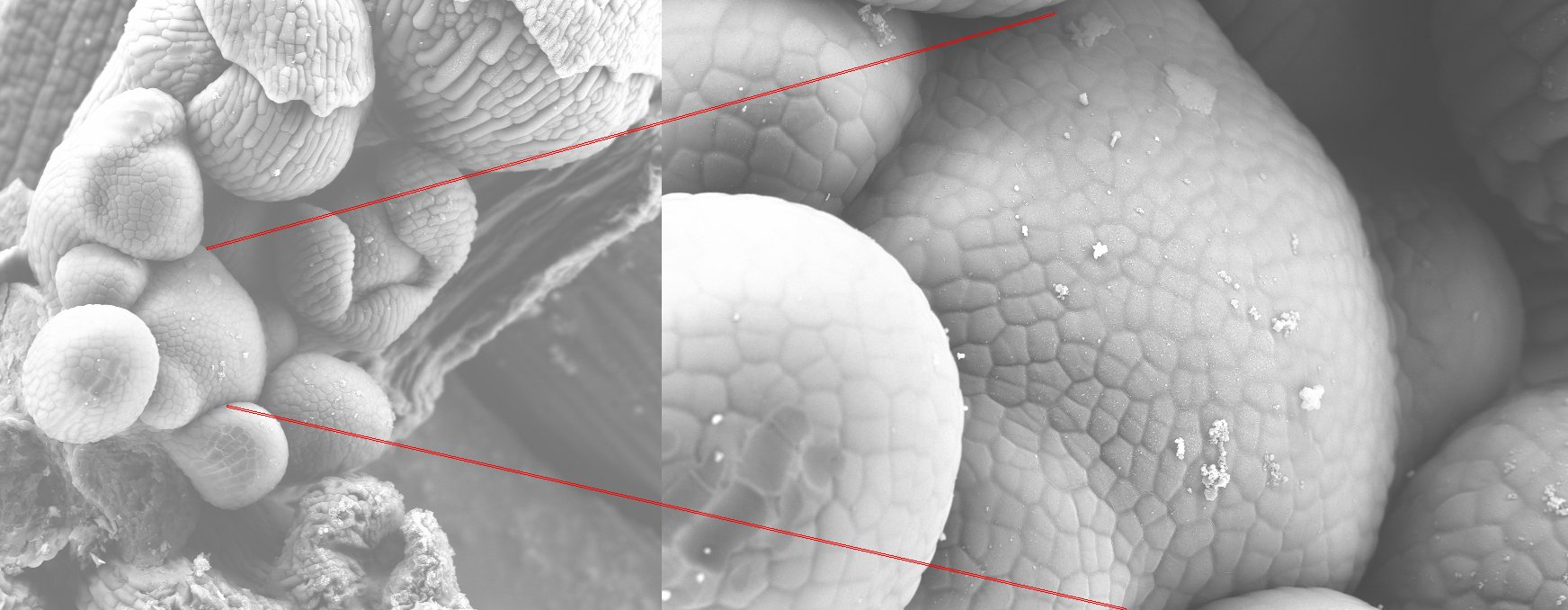SLCU researchers have discovered a way in which cells order progress through cell division - by keeping certain regulatory components “locked in” the nucleus until needed.
All parts of a plant – the stem, leaves, flowers, roots, come from a pool of cells found in plant meristems. To keep the supply of these meristem cells going, the cells must undergo division in order to replenish those cells that have been used to make new parts. Cell division is fundamental to all living things; from microbes through to plants and animals. The biological mechanisms that allow cell division to proceed are mostly the same whether you look at a yeast cell, plant cell or human cell. For this reason, cell biologists often use one type of organism to figure out the processes of division that are common to all.
Weibing Yang and Raymond Wightman from the Sainsbury Laboratory, University of Cambridge, together with Elliot Meyerowitz of the California Institute of Technology, have found that the RNA of two important cell cycle regulators are locked inside the nucleus while others are allowed to pass outside. The work, published today in the journal Molecular Cell, helps to understand how certain steps of the cell division cycle can be properly ordered.
The two regulators, called CDC20 and CCS52B, are required quickly after the nuclear envelope, the membrane that surrounds the nucleus, breaks down – but not before. The RNA of the two genes accumulates in the nucleus and, unlike the other RNAs, are prevented from leaving and are only released for making the proteins once the envelope disappears. “It makes perfect sense” says Wightman, “if these regulators are made too early then cell division goes wrong, if you make them too late then it goes wrong – so timing is everything and plants have found this ingenious way of getting this right.”
The work made use of the laboratory’s laser-scanning confocal microscopes allowing the researchers to find the locations of the RNA molecules at the different stages of cell division. These state-of-the art microscopes have been built to study all aspects of plant development.






